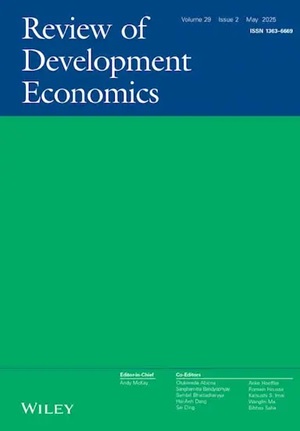
Including musculoskeletal diseases in the health policy agenda in India:Evidence on burden and economic impact on Indian households
Working Paper No- 432
Morbidity due to Musculoskeletal Diseases (MSDs) has been rising steadily both globally and in India – fuelled primarily by lifestyle/behavioural factors and occupational risks. In India, MSDs are yet to find a place in discussions around non-communicable diseases. This exploratory study was an attempt to fill this gap. It used the 75th round of the National Sample Survey data to look at the occurrence of MSDs across socio-economic, demographic and geographic groups in India. It analysed the treatment-seeking behaviour of individuals with MSDs, choice of providers, outof-pocket expenditures and catastrophic expenditures due to MSDs, for poor and non-poor households. Self-reported occurrence for MSD was 0.8%, 64% being females. About 3% of all households had at least one member with MSD, with 66% of the cases from rural households. Care for MSD was sought mostly at private facilities, both for hospitalization and OPD visits. In rural areas, 53% of BPL-households having at least one case of MSD incurred catastrophic health expenditures whereas the analogous proportion for non-BPL households was 45%. MSDs are now prevalent across all socio-economic groups and major age categories and is observed more among less educated individuals and women, with a majority of the patients reporting their MSD condition as chronic. The analysis indicates that MSDs are now quite prevalent across socio-economic and demographic categories and may impose a catastrophic burden on households, especially BPL households and rural areas, comparable with other non-communicable diseases like CVD. MSDs need to be included in priority diseases requiring policy focus.
Find on this page
Contact Us
Institute of Economic Growth, University Enclave, University of Delhi (North Campus),
Delhi 110 007, India
contact-us@iegindia.org
+91-11-27666364/6367, 27667101/7288/7365/7424
+91-11-27667410




